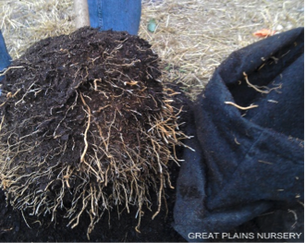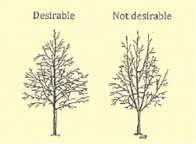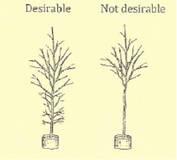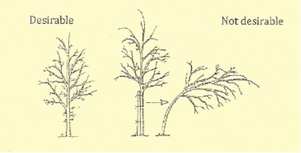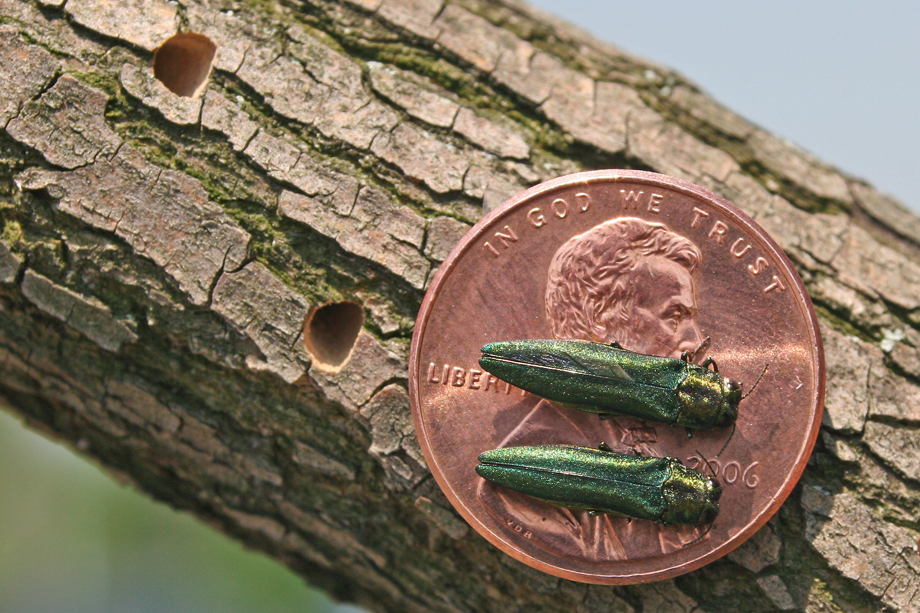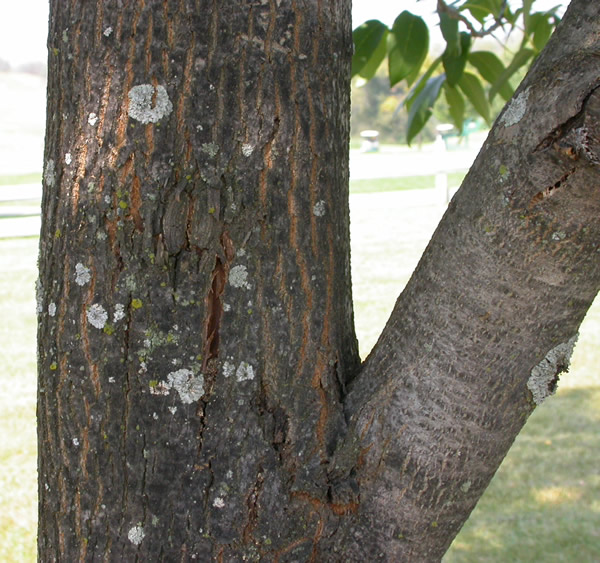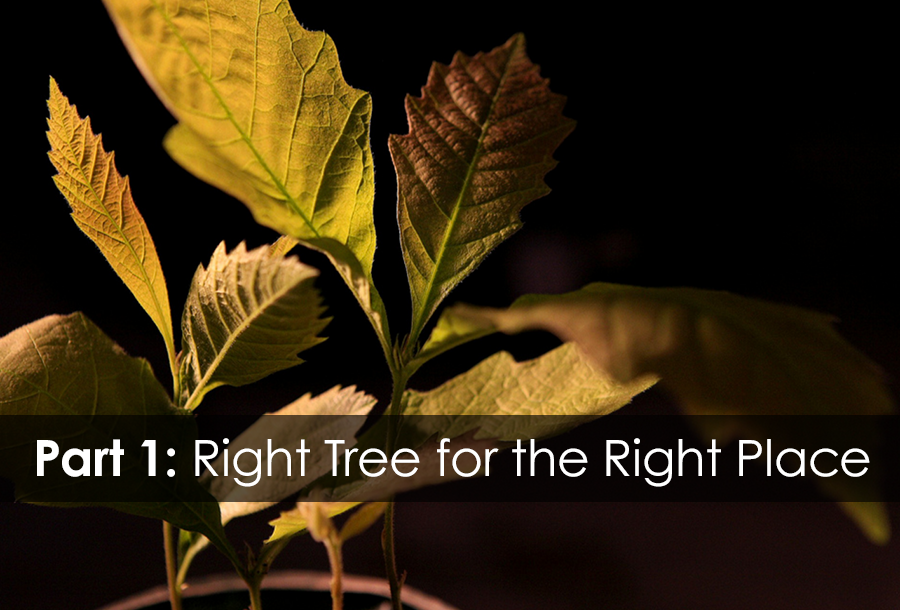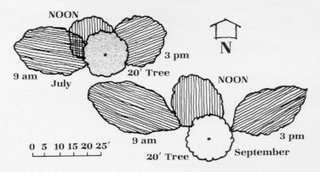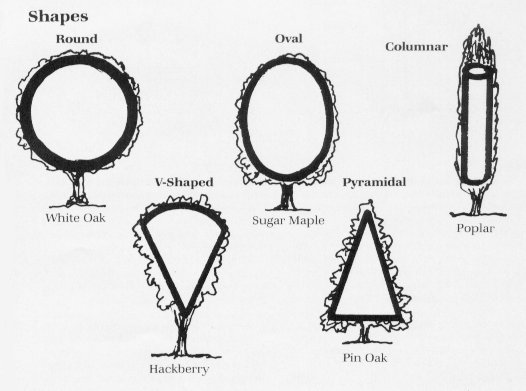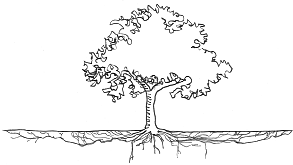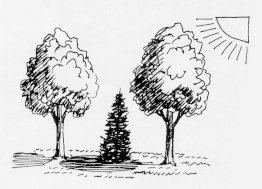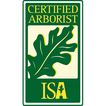When choosing a new tree to add to your landscape there are lots of things to look for. Here are a few tips when purchasing a quality tree. 1. First of all… start at a LOCAL nursery or garden center.
2. A tree is only as good as its root system so that’s where we’ll start:
3. Evaluate the Crown
By following these basic guidelines you’ll be enjoying your new trees for years to come.
Diagrams courtesy of Dr. Edward Gilman
3 Comments
Watch out for scammers!
How did we decide on this tree? They were looking for a tree to plant near their driveway for shade, and a tree that would offer privacy for the house. The tree would have a somewhat limited canopy space later in its life because of other nearby mature trees and a power line. Ginkgos are heat tolerant, work well as street trees and are good for somewhat confined spaces. Lastly, the customer also loved the aesthetics of this tree and its gorgeous yellow fall color. Ginkgos are a great choice for southeastern Nebraska! Eeny Meeny Miny MoMany times, deciding on which tree to plant is more complicated than, "Hey - that one's pretty!" There are a number of factors that should be considered to responsibly select the "right tree for the right place." What is its purpose?
Size & Location
Environmental Factors
Fruit, Flowers & Foliage
Whew! That's a lot to consider!So it's time to do some research. Please feel free to reach out to us if you need some suggestions or insight from a Certified Arborist! Additional resources that may help you in your decision process: Stay tuned for Part 2: Purchasing your New Tree |
AuthorAmy Grewe, Certified Arborist & Co-Owner Categories
All
Archives
April 2024
|


